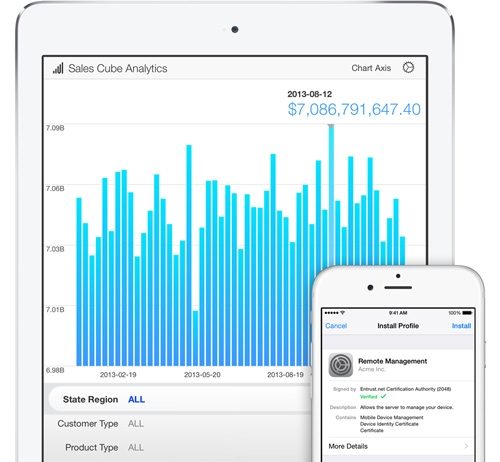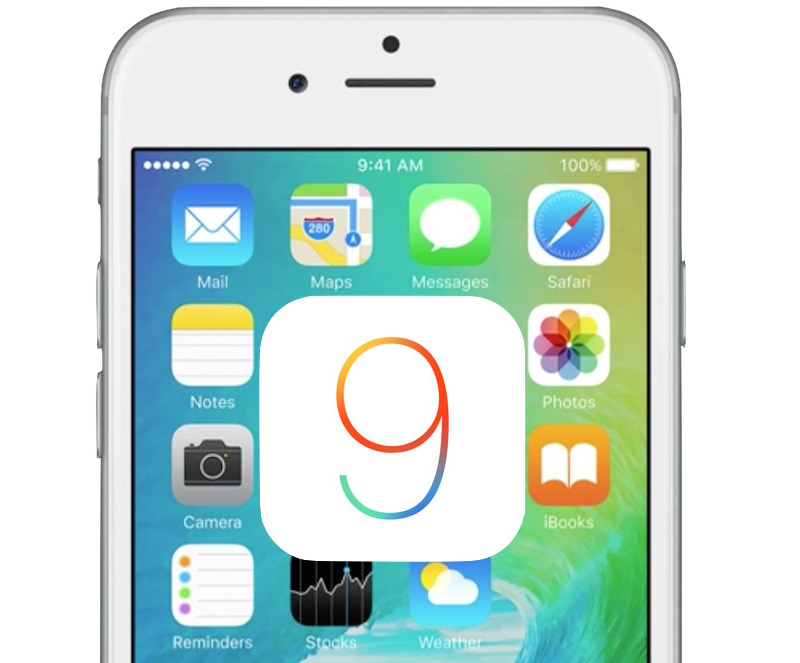
Recently Apple released iOS 9 their latest version of the iOS mobile operating system. With each new iOS release, Apple has consistently provided new enterprise mobility management features that focus on mobile device management (MDM) protocol and tools, such as revamped Apple Configurator, making enterprise deployments and App management easier for their customers to manage.
In the new release, iOS 9 offers enterprise customers with the following improvements:
Apple ID Accounts – Apple Volume Purchase Program (VPP) managed app distribution does not require individual Apple ID’s anymore. Now MDM administrators can assign app licenses to individual devices instead of user’s apple-ids. This is a big improvement in enterprise app deployment as administrators don’t have to maintain apple-ids for each device which saves lot of time. Also helpful to educational institutions where student did not have an Apple-ID account. Apple will continue to support VPP license assignment that may still be necessary in BYOD scenarios.
Managed App Network Rules – iOS 9 now offers new network rules for each managed Apps, where MDM administrator can control cellular network usage and roaming usages on per App basis.
OS Updates – Updates can be initiated remotely by Mobile Device Management protocol.
App Deployment – Allows remote App deployment over MDM even when App Store is disabled using the Restrictions Policy.
Preconfigured Settings – Preconfigure settings for an App so that when it is installed, the correct settings are launched.
Enterprise Apps – Enterprise developed Apps deployed using MDM don’t prompt for a trust Verification.
Apple Configurator tool -Apple Configurator has been revamped to allow “blueprinting” of the device OS and replay it on many devices. A useful tool to “enable supervision mode” and this will be useful to customers that do not purchase their devices through Device Enrollment Program (DEP).
Other Functions – Other functions include controlling the automatic download of Apps, password change, wallpaper change, device name change, hiding news App, control pairing with apple watch, and others.
The iOS mobile device management framework is built with methods to ensure user privacy while still protecting and securing corporate data. IT can only manage corporate accounts, settings, and information provisioned via the organization’s third-party MDM solution. Only corporate owned devices, such as those purchased using DEP, and MDM solution in conjunction offer extensive control over the customization. At the same time, iOS 9 preserves a great user experience — allowing BYOD users seamless use of both work and personal data in native Apps.
What MDM can see are
• Device name
• Phone number
• Serial number
• Model name and number
• Capacity and space available
• iOS version number
• Installed Apps
What MDM cannot see are
• Personal mail, calendars, and contacts
• SMS or iMessages
• Safari browser history
• FaceTime or phone call logs
• Personal reminders and notes
• Frequency of all use
• Device location
Overall iOS9 release brings many improvements in the Enterprise Mobility Management ecosystem; making administration easier and importantly, more secure.

